
Amazing Nature
29 March 2024 ( 54 views )
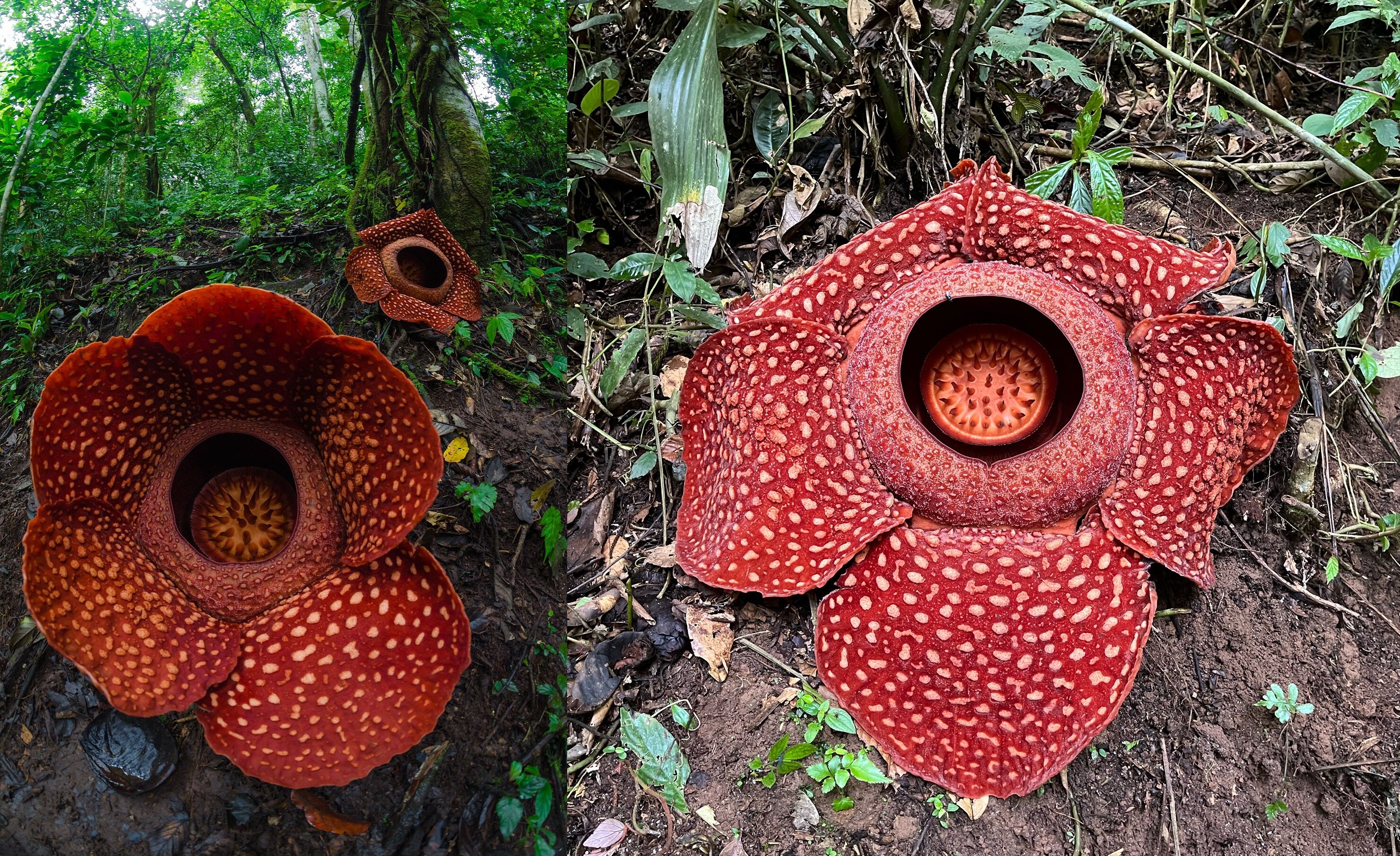
Advertisements
The largest in the world: 'Rafflesia arnoldii', also known as corpse flower, in Indonesia
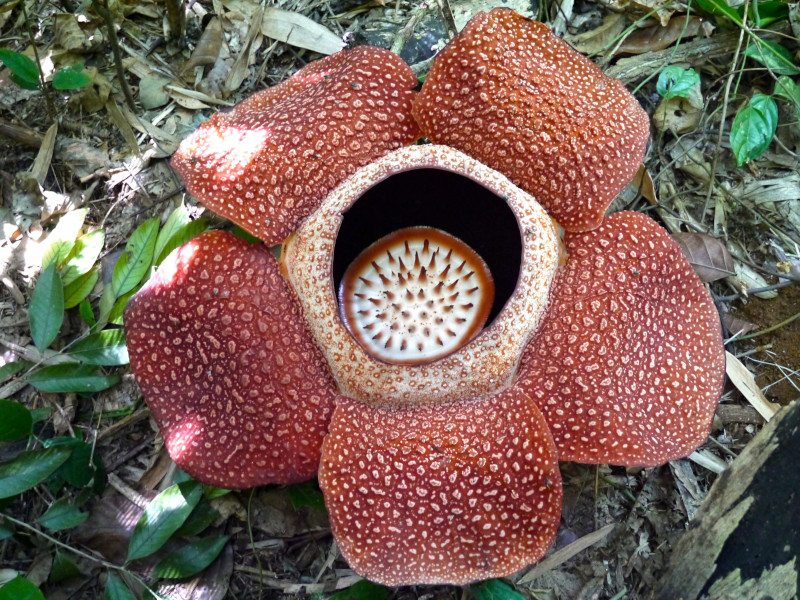
Rafflesia arnoldii Facts First of all, the term of Rafflesia arnoldii serves as the scientific name of a truly remarkable variety of highly unusual flowering plant. Furthermore, this astounding marvel of Nature also goes by several, somewhat easier to pronounce, common names. These include the particularly descriptive alternate names of the corpse lily and the stinking corpse lily. In addition, this incredible plant stands out from related species for one very specific reason. That’s because it represents the flora with the largest known single bloom on earth. However, the uniqueness of that bloom doesn’t end with size. That holds true because it typically generates a very strong smell, usually considered to be akin to that of rotting meat, to attract insects. In point of fact, the remarkable Rafflesia arnoldii actually constitutes a type of parasitic plant. Further, it attaches itself to only one single species of vine. It then draws its nutrients from its host plant. Interestingly, it also now represents one of the three national flowers of the country of Indonesia. Finally, this species has now been officially recognized as a rare flower within that country.
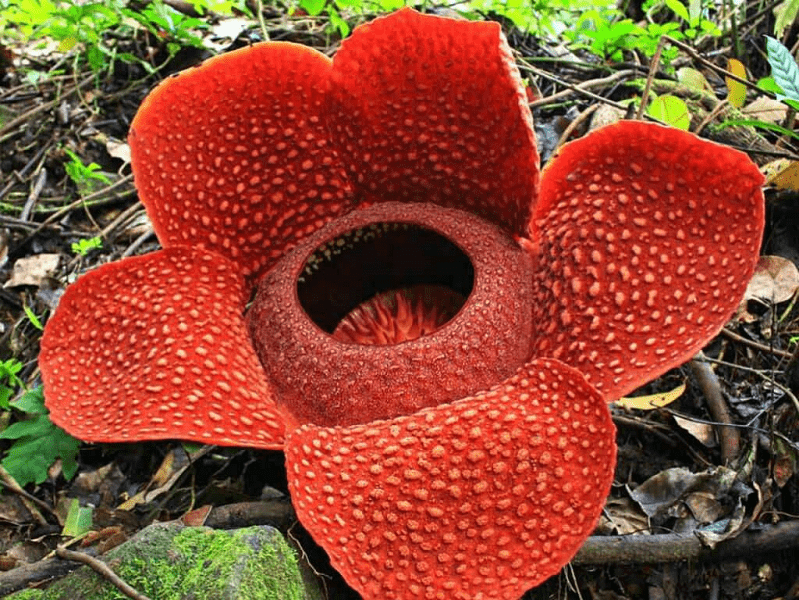 Rafflesia arnoldii Physical Description The extremely rare Rafflesia arnoldii remains extremely difficult to locate within the forests it appears in. The buds also take many months to grow, and the remarkable blooms themselves open and live for only a few days. However, when the flower produced by this species does open, this feature attains an enormous size. In point of fact, its blooms sometimes reach a diameter measuring as much as 3.3 ft (1 m). Quite amazingly, the weight of this incredible bud averages an impressive 24 lb (11 kg). Further, the gigantic blooms began as a distinctively cabbage-shaped structure. These buds themselves usually measure about 12 in (30 cm) in diameter. Additionally, this part of the truly astonishing plant generally displays a shade of either a magenta or maroon color. Quite amazingly, due to its particular nature, this wonder of Nature produces no discernible stems, roots, or even leaves. Instead, the Rafflesia arnoldii develops as a group of thread-like strands of tissue.
Rafflesia arnoldii Physical Description The extremely rare Rafflesia arnoldii remains extremely difficult to locate within the forests it appears in. The buds also take many months to grow, and the remarkable blooms themselves open and live for only a few days. However, when the flower produced by this species does open, this feature attains an enormous size. In point of fact, its blooms sometimes reach a diameter measuring as much as 3.3 ft (1 m). Quite amazingly, the weight of this incredible bud averages an impressive 24 lb (11 kg). Further, the gigantic blooms began as a distinctively cabbage-shaped structure. These buds themselves usually measure about 12 in (30 cm) in diameter. Additionally, this part of the truly astonishing plant generally displays a shade of either a magenta or maroon color. Quite amazingly, due to its particular nature, this wonder of Nature produces no discernible stems, roots, or even leaves. Instead, the Rafflesia arnoldii develops as a group of thread-like strands of tissue.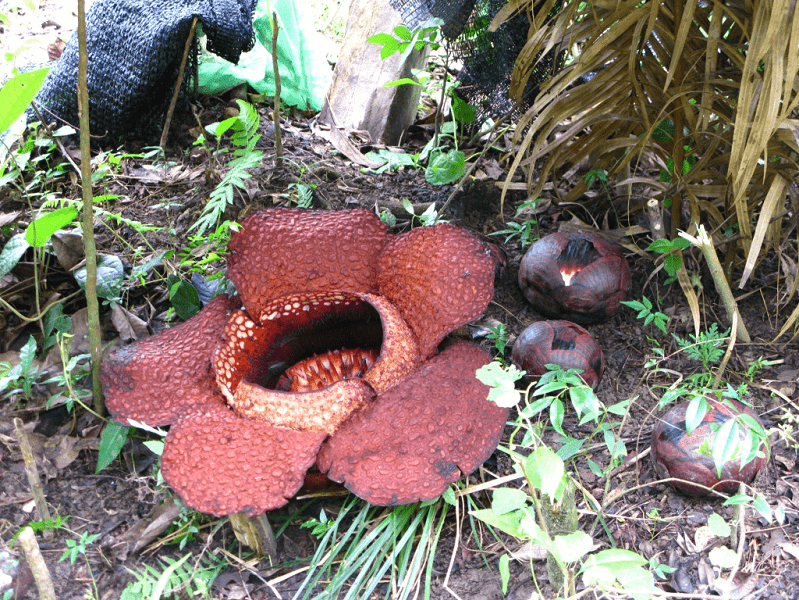 Rafflesia arnoldii Distribution, Habitat, and Ecology Yet another factor stands out about the incredibly rare and unique species known as the Rafflesia arnoldii. That holds true due to the fact that, quite sadly, it only inhabits an extremely small and limited habitat range. That’s because this unusual but magnificent form of flora only appears within a very small portion of Asia. More specifically, however, that particular range of habitation consists of only very specific portions of the countries of Indonesia, Borneo, and Sumatra. Furthermore, even within this already highly limited area, the plant has extremely specific preferences for where it appears. As a result, its options remain quite limited. That’s because this mind-blowing species only lives in regions of tropical rainforest within the confines of the three countries. But, even there, specimens only develop within an extraordinarily exact range of altitude. In point of fact, all observed individual plants appeared at roughly 3,280 ft (1,000 m) above sea level. But, the distinctiveness of the Rafflesia arnoldii doesn’t end there. That’s because, for pollination to occur, the flies that its scent attracts must visit first a male flower and then a female flower, in that order only. The flowers develop as uni-sexual, thus need both male and female flowers in close proximity to reproduce. For the moment, this awesome plant does not yet appear on the IUCN Red List, due to insufficient information. Nevertheless, it must be considered to be at great risk. Therefore, conservation efforts presently remain under consideration. However, the rapid deforestation of the region makes any such attempts difficult.
Rafflesia arnoldii Distribution, Habitat, and Ecology Yet another factor stands out about the incredibly rare and unique species known as the Rafflesia arnoldii. That holds true due to the fact that, quite sadly, it only inhabits an extremely small and limited habitat range. That’s because this unusual but magnificent form of flora only appears within a very small portion of Asia. More specifically, however, that particular range of habitation consists of only very specific portions of the countries of Indonesia, Borneo, and Sumatra. Furthermore, even within this already highly limited area, the plant has extremely specific preferences for where it appears. As a result, its options remain quite limited. That’s because this mind-blowing species only lives in regions of tropical rainforest within the confines of the three countries. But, even there, specimens only develop within an extraordinarily exact range of altitude. In point of fact, all observed individual plants appeared at roughly 3,280 ft (1,000 m) above sea level. But, the distinctiveness of the Rafflesia arnoldii doesn’t end there. That’s because, for pollination to occur, the flies that its scent attracts must visit first a male flower and then a female flower, in that order only. The flowers develop as uni-sexual, thus need both male and female flowers in close proximity to reproduce. For the moment, this awesome plant does not yet appear on the IUCN Red List, due to insufficient information. Nevertheless, it must be considered to be at great risk. Therefore, conservation efforts presently remain under consideration. However, the rapid deforestation of the region makes any such attempts difficult.Recommended Videos
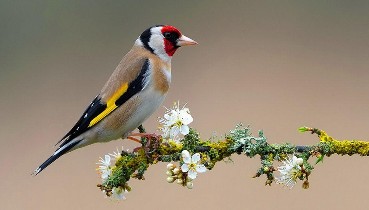 Best Bird Photos Of The Year 36071 views
Best Bird Photos Of The Year 36071 views A series of horrific, elephant attack ? incidents in one video...66 views
A series of horrific, elephant attack ? incidents in one video...66 views-
Advertisements
 Ugly Designs That Will Make You Cringe6200 views
Ugly Designs That Will Make You Cringe6200 views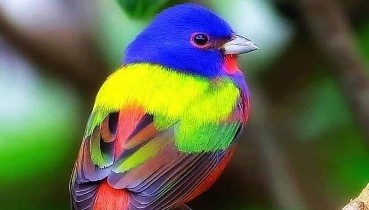 The painted bunting (Passerina ciris)303 views
The painted bunting (Passerina ciris)303 views Very Rare Fossilized Bee in "Jelly" Opal74 views
Very Rare Fossilized Bee in "Jelly" Opal74 views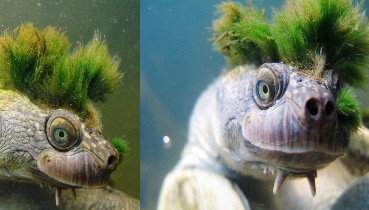 Meet the ‘Punk of the Turtle World’ and Read Its Strange Story538 views
Meet the ‘Punk of the Turtle World’ and Read Its Strange Story538 views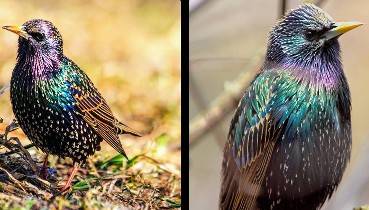 European starling (Sturnus vulgaris)844 views
European starling (Sturnus vulgaris)844 views Talented Artist Carves Intricate Carpet Into Wooden Floor50 views
Talented Artist Carves Intricate Carpet Into Wooden Floor50 views
Advertisements
You may also like
 The “Instagram Reality” Here Are 40 Of Their Best Posts..
The “Instagram Reality” Here Are 40 Of Their Best Posts.. 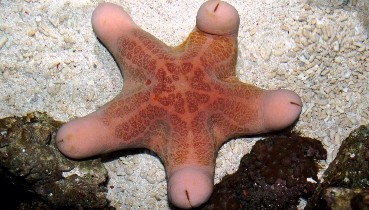 Meet the 50 Weirdest Deep Sea Creatures Lurking Beneath the Waves
Meet the 50 Weirdest Deep Sea Creatures Lurking Beneath the Waves 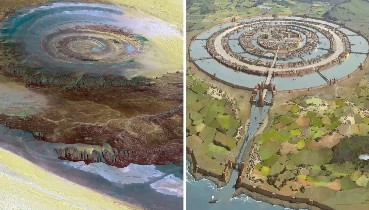 Could the ‘Eye of the Sahara’ Be the Lost City of Atlantis?
Could the ‘Eye of the Sahara’ Be the Lost City of Atlantis?  The “Design Therapy” Instagram Page Collects The Best Examples Of Design, Here Are 113 Of The Most Satisfying Pics
The “Design Therapy” Instagram Page Collects The Best Examples Of Design, Here Are 113 Of The Most Satisfying Pics